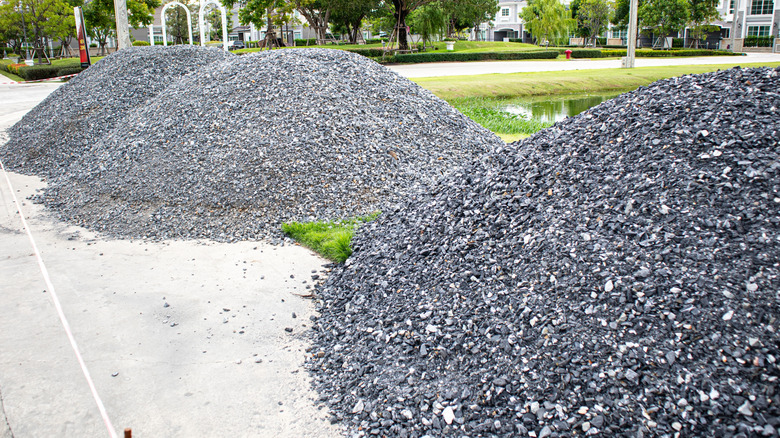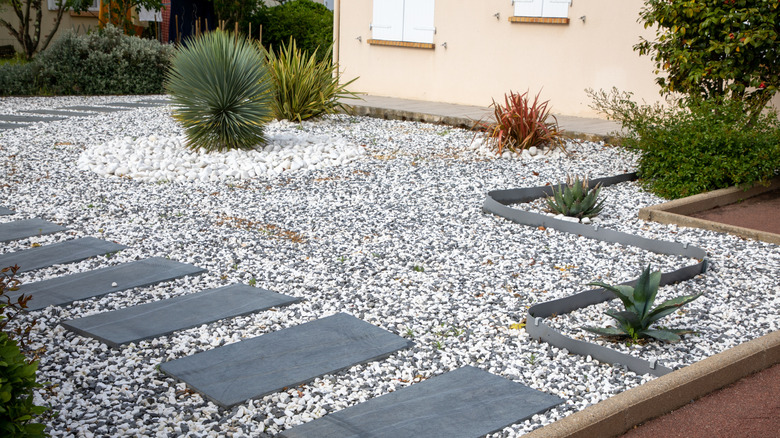Mistakes Everyone Makes When Gluing Down Gravel
Gluing down gravel sounds simple, right? You get some glue, pour it over your gravel, and -– presto! -– you're done. But, as easy as it sounds, most people make a few sneaky mistakes along the way. This project seems foolproof but can end up in a sticky (or loose) situation if you don't know what you're doing. The big mistakes? Using the wrong type of glue, going overboard with too much glue, and then forgetting to reapply it after a few months.
Not all glues are equal, especially when they're tasked with holding down small stones against outdoor weather. Many people grab the nearest adhesive they can find -– maybe something from their last craft project or a leftover glue bottle. Trust us: These won't work. You need a specific kind of gravel made for gravel, often called mulch glue, designed to be water-resistant and withstand different weather conditions. Using anything else usually leads to a quick disappointment when the first rainfall sends all of your carefully arranged gravel rolling away.
Another common issue is going overboard with the glue. While it may seem logical to pile on the adhesive to make things stick better, using too much can backfire. Excess glue doesn't dry evenly, leading to patches of gravel that feel gummy or even messy. Remember — a thin, even layer is all you need for a solid hold. Then, there's the reapplying part. Gravel glue isn't a one-and-done deal. You should reapply it annually or even twice a year if your gravel is in a high-traffic or weather-exposed area.
Follow these steps to glue down gravel
To glue down gravel the right way, choose a quality gravel glue made specifically for outdoor landscaping. Also, ensure your gravel is dry and clean before applying any glue. Wet or dirty stones won't bond well, and you'll end up redoing the project sooner than you'd like. When you're ready to start the application, mix one part glue and two parts water in a spray bottle, then shake it up well for about a minute. Hold the bottle some inches above the gravel and spray lightly. Aim for a thin layer that coats the surface without soaking it; too much glue will just make a mess. Work in small sections to keep the layer even, and remember that a little goes a long way.
To get the best results when gluing down gravel, test a small patch of gravel first. Spray some glue over a corner section to ensure it bonds well and gives you the desired look. This lets you spot any issues early on and adjust without redoing the entire area. Testing also allows you to confirm the glue's compatibility with your gravel type and environment so you can proceed confidently.
Also, keep an eye on weather conditions during application. Avoid days with heavy rain or intense sun, as these conditions can interfere with glue drying and bonding properly. Overcast, mild days are ideal for applying glue. This ensures that the glue cures well and reduces any chance of discoloration or unevenness that extreme temperatures could cause.

